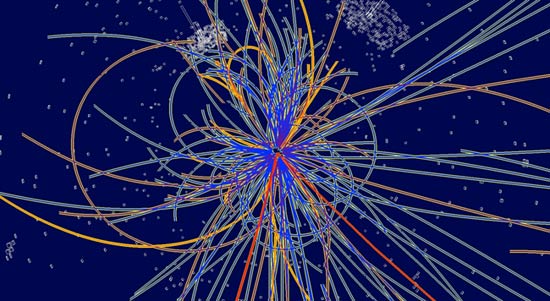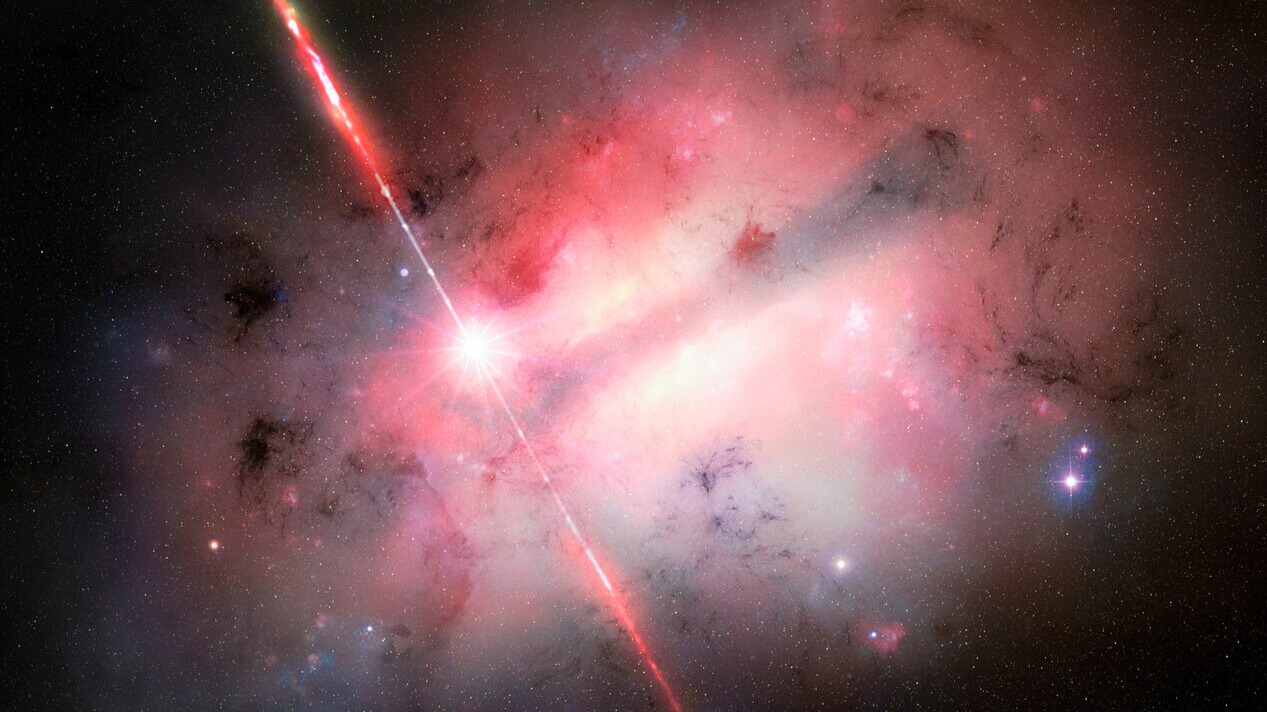Atom Smasher Makes Little Big Bangs

This article was updated on Monday, Nov. 8.
The world's strongest atom smasher has begun its next phase, shifting from colliding relatively light protons together, to clashes between heavy lead ions.
These super-powerful crashes are unleashing unprecedented energy, with the potential to create new forms of matter never before observed on Earth. Scientists at the Large Hadron Collider (LHC), a 17-mile-long (27 kilometer) underground ring run by the European Organization for Nuclear Research (CERN) near Geneva, Switzerland, begun these new collisions Monday (Nov. 8).
Such explosions have been dubbed mini Big Bangs, because they are likely to create conditions closer to the beginning of the universe than ever before (but, of course, on a smaller scale). For example, the heat and energy created in the crash is so strong it can melt even protons, one of matter's most basic building blocks, into their constituent quarks and gluons. Such temperatures haven't occurred in the universe since shortly after the Big Bang.
Lead ions are atoms that have been stripped of their electrons, leaving them with a positive charge. They have 82 protons.
According to Einstein's equation E=mc2, which describes how matter can be converted into energy and vice versa, the more mass involved in a collision, the more energy will be unleashed. Thus, smashing lead nuclei together will up LHC's game considerably over the relatively modest crashes of single protons.
"Heavy-ion collisions provide a unique micro-laboratory for studying very hot, dense matter," said Jurgen Schukraft, spokesperson of ALICE (A Large Ion Collider Experiment), which will study lead-ion collisions at the accelerator. "At the LHC we'll be continuing a journey that began for CERN in 1994, which is certain to provide a new window on the fundamental behavior of matter and in particular the role of the strong interaction."
Get the world’s most fascinating discoveries delivered straight to your inbox.
The strong interaction, one of the four fundamental forces of nature (the others are gravity, electromagnetism and the so-called weak force), is what binds quarks together to form protons, as well the force that holds protons and neutrons together to form atomic nuclei.
The lead-lead collisions at LHC will only run through the beginning of December, when the accelerator will shut down for maintenance.
LHC has been gathering steam in other areas recently, too. In recent months, when smashing protons together, the accelerator was sending sprays of more and more protons at once, upping the chances that some will collide head on.



